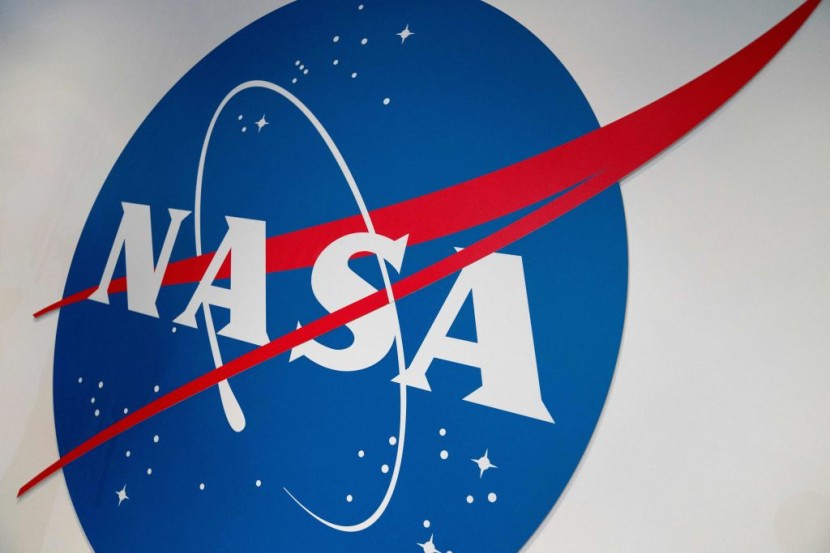NASA, in coordination with SpaceX, launched the $948 million Plankton, Aerosol, Cloud, and Ocean Ecosystem (PACE) satellite that would study Earth's oceans and atmosphere.
The revolutionary new satellite will provide scientists with an unprecedented look at our planet's microscopic marine life and tiny atmospheric particles. The launch was held on Thursday at around 1:33 a.m. and the satellite flew onboard a SpaceX Falcon 9 rocket from Cape Canaveral Space Force Station in Florida.
NASA's New PACE Satellite

The rocket's booster successfully landed back on Earth roughly 10 minutes after the initial launch. A bit over half an hour from liftoff, the team confirmed that the spacecraft's solar arrays had deployed and it was already receiving power.
The launch was initially set for Tuesday morning but was delayed twice because of high winds and cumulus clouds in the area. However, weather conditions were more than 95% favorable for launch on Thursday morning.
PACE project scientist Jeremy Werdell said that experts started looking for a way to better understand how oceanic and atmospheric processes shape the planet roughly 20 years ago. The new mission will shed light on how aerosols and clouds as well as phytoplankton in the ocean serve as indicators for ocean health and global warming, as per CNN.
Onboard the satellite, there are three instruments, including two polarimeters and one camera, which would capture a rainbow of data across different wavelengths of light. The director of NASA's Earth Science Division, Karen St. Germain said that this would allow them to see things that they have never been able to see before.
Werdell added that what they are doing with the PACE satellite is really the search for the microscopic, mostly invisible universe in the sea and the sky. While it was initially designed as a three-year mission, PACE has enough fuel to continue orbiting and studying the planet for up to a decade.
The spacecraft will join a fleet of more than two dozen NASA Earth science missions that circle the planet and gather data on oceans, land, ice, and the atmosphere. They provide more insights into how Earth's climate is changing over the years.
Studying the Planet's Oceans and Atmosphere
St. Germain said that PACE will teach them about the oceans in the same way that the James Webb Space Telescope is teaching them about the cosmos. This includes a tremendous amount of information about ocean biology, according to CBS News.
Roughly 70% of the planet's surface is covered in oceans and yet they are the least well-understood parts of the Earth system. She noted that PACE will profoundly advance their understanding of how the oceans work and how life in them is related to life on land.
NASA administrator Bill Nelson congratulated the PACE team following the mission's successful launch. He noted that the newest addition to the space agency's fleet of Earth-observing satellites will help them learn, like never before, how particles in the atmosphere and oceans can identify key factors impacting global warming.
Nelson also noted that missions such as PACE work to support the Biden-Harris administration's climate agenda. He added that they also help them answer urgent questions about the changing climate, said NASA.
Related Article: Scientists Discover Hidden Ocean Beneath Death Star-Like Moon of Saturn
© 2025 HNGN, All rights reserved. Do not reproduce without permission.








